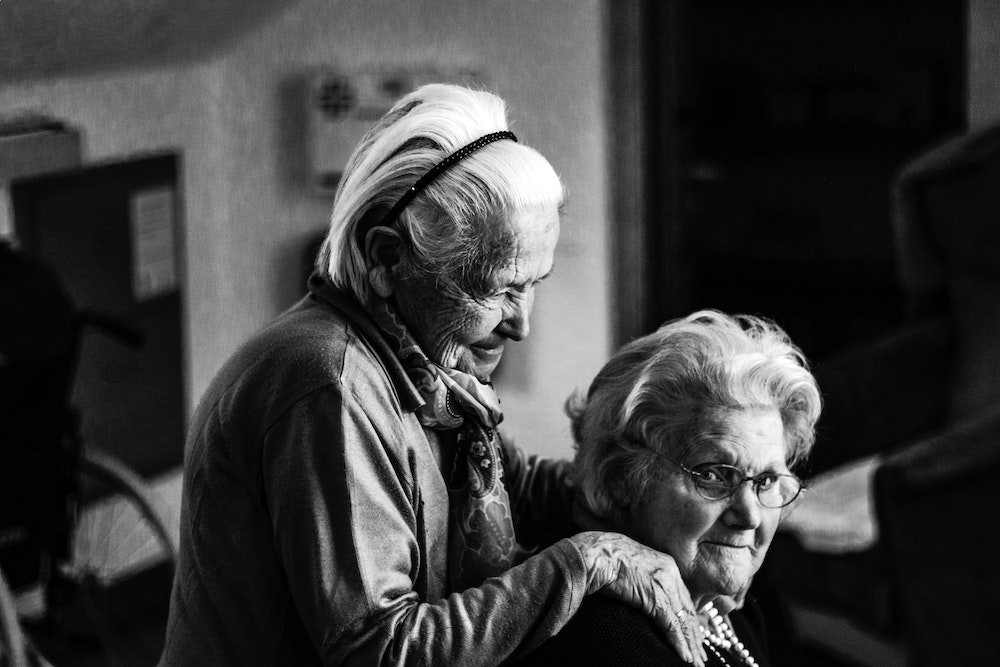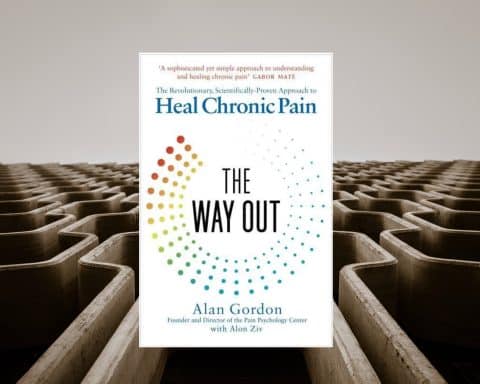 Gordon Macdonald is a GP and trainer of over 20 years with research interests in primary care chaplaincy and care of the elderly. He is on Twitter: @GordonM62049046
Gordon Macdonald is a GP and trainer of over 20 years with research interests in primary care chaplaincy and care of the elderly. He is on Twitter: @GordonM62049046
[wp_time_to_read]
The BBC’s Newsnight presenter Emily Maitlis was right when she stated that COVID-19 is not a levelling disease affecting society equitably.(1) The many and varied consequences of COVID-19 are felt disproportionally by those with less resources, both external and internal. The socioeconomically vulnerable may not, for example, have a garden to help ease the effects of lockdown or funds for the recommended less frequent but larger grocery shop. Those with mental health conditions are experiencing more anxiety compounded by isolation from their usual supports.(2)
We would do well to establish Far End practices and networks akin to our Deep End siblings.
The Deep End project has done much to highlight the health inequalities faced by those in the most deprived 15% of data zones. Patients in this deep end experience greater levels of multimorbidity, at a younger age, with more mental health pathology and subsequently worse outcomes.(4,5) This is compounded by the inverse care law whereby those who need the most care receive the least.(6) Barriers such as the permeability of service access, candidacy and health seeking behaviour are amongst the drivers of the problem.(7)
It could be argued however, that our elderly patients face the same multimorbidity and inverse care law drivers, but with the potential additional burdens of sensory losses, declining capacity, frailty and reduced social capital. Perhaps this group of patients, represent the ‘Far End’ rather than the ‘Deep End’ of general practice. Perhaps, now more than ever, is the time for practices to care for the Far End as we respond to the coronavirus. We would do well to establish Far End practices and networks akin to our Deep End siblings.
The first priority of such a Far End network should be to recognise and address the inverse care law in this COVID climate.
However, anecdotal experience of these technologies seems to suggest that they are least frequently and least easily utilised by the elderly (particularly the very elderly). These patients are at the greatest need of healthcare but may be less able to access this format of it. Once again, the inverse care law may play out. A second concerning example of this law at work may be arising from the “stay at home, protect the NHS, save lives” mantra. This has been the vital message that has reduced the rate of coronavirus transmission. Our patients have reacted dramatically to this and we have seen reduced foot fall in our surgeries and significantly reduced home visit requests.(3) It may be that our Far End patients will be most affected. Their stoical “don’t want to bother the doctor” attitudes and fear of hospitalisation at this time might make them less likely to access care whilst possibly needing it the most. Finally, our elderly often have less social capital (supportive responsive networks) and have less effective candidacy with reduced ability to self-advocate and negotiate at the interface of a quite unknown COVID-19 healthcare system in transition.(8) This further accentuates Tudor Hart’s law.
It may be then that the first priority of such a Far End network should be to recognise and address the inverse care law in this COVID climate. This could be done by utilising many of the innovations we see arising, whilst concurrently reflecting on their potential unintended consequences. This may allow us to refine their use and consequently harness them as a means of providing advanced care to our elderly patients. How can this be done?
One very innovative family had utilised proprietary voice activated hardware to allow access to incoming video calls. This allowed the patient to interact with the clinician remotely despite his physical restrictions. Such examples will arise in a piecemeal fashion, but it could be argued that now is the time to partner with social services and telehealth providers to identify and establish truly accessible methods of video consulting for our Far End patients at greatest need. Another excellent example of tackling the inverse care law has been seen in the use of local community assessment centres expressly for those with COVID-19 symptoms. These have provided efficient access by means patient transport services for those such as the elderly.
We have been reminded how agile and responsive primary care and the NHS can be when faced with a challenge such as coronavirus.
Work already done by our colleagues in medicine for the elderly might well present another option for the Far End practices. Hospital at Home provides much of the expertise of secondary care within the patient’s home and seems to be most used by those with multimorbidity and less socioeconomic resource.(9) Might it be time to establish Far End practices that have a named medicine for the elderly consultant, virtual outpatient wards and Hospital at Home provision? There is some evidence these interventions reduce admission and could further protect our elderly as we work through the aftermath of coronavirus.(10)
At the start of 2020 many of these suggestions may have seemed unrealistic, too difficult, too costly. We have been reminded how agile and responsive primary care and the NHS can be when faced with a challenge such as coronavirus. We also recognise the potential direct and indirect consequences of this pandemic for our elderly. As we develop a new normal, we must strive to retain quality, defined not only by efficiency but also by concepts of equitable patient centred care to our vulnerable elderly.(11)
It may be that we should reach out to the Far End, develop networks, share best practice, reverse the inverse care law and promote a new wave of: the greatest care for those with the greatest need. This surely would be a means of bringing some good out of this pandemic.
References
1. Newsnight BBC 2. 9th April 2020. https://www.independent.co.uk/news/uk/home-news/coronavirus-emily-maitlis-newsnight-bbc-inequality-boris-johnson-a9456696.html. Accessed 27/4/2020
2. Rajkumar RP. COVID-19 and mental health: A review of the existing literature. Asian J Psychaitr. 2020 Aug; 52: 102066. Published online 2020 Apr 10. Doi:10.1016/ajp.20202.102066
3. Thornton J. COVID-19: how coronavirus will change the face of general practice forever. BMJ, 2020;368:m1279
4. Barnett K, Mercer SW, Norbury M, et al. Epidemiology of multimorbidity and implications for health care, research, and medical education: a cross-sectional study. Lancet 2012;380(9836):37-43. doi: 10.1016/S0140-6736(12)60240
5. Mercer SW, Watt GCM. The inverse care law: clinical primary care encounters in deprived and affluent areas of Scotland. Ann Fam Med 2007; 5(6):503–510
6. Hart JT. The inverse care law. Lancet 1971;1: 405-412
7. Dixon-Woods M, Cavers D, Agarwal S, Annandale E, Arthur A, Harvey J, et al. (2006). Conducting a critical interpretive synthesis of the literature on access to healthcare by vulnerable groups. Bmc Medical Research Methodology, 6, 35
8. Muckenhuber J, Stronegger WJ, Freidl W. Social capital affects the health of older people more strongly than that of younger people. Ageing Soc. 2013;33:853–70.
9. Tsiachristas A, Ellis G, Buchanan S, Langhorne P, Stott DJ, & Shepperd S. (2019). Should I stay or should I go? A retrospective propensity score-matched analysis using administrative data of hospital-at-home for older people in Scotland. BMJ open, 9(5), e023350. https://doi.org/10.1136/bmjopen-2018-023350
10. Shepperd S, Iliffe S, Doll HA, Clarke MJ, Kalra L, Wilson AD, Gonçalves-Bradley DC. Admission avoidance hospital at home. Cochrane Database Syst Rev. 2016;9:CD007491.
11. Institute of Medicine Committee on Quality of Health Care in America: Crossing the Quality Chasm: A New Health System for the 21st Century. Washington DC, National Academy Press, 2001






